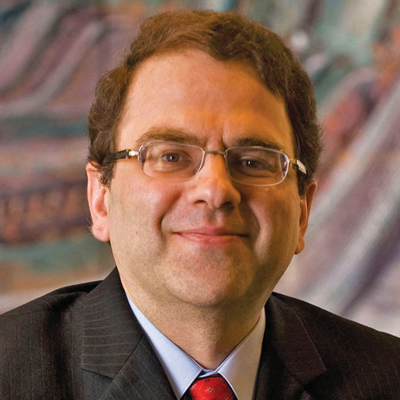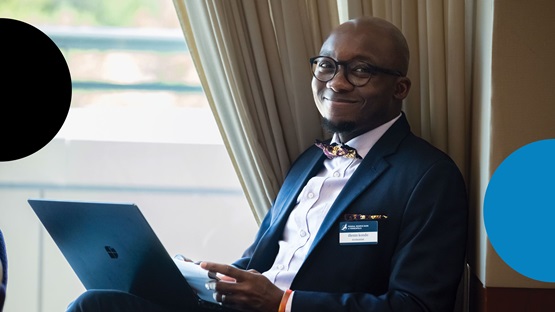
Disclaimer*
I step down as president of the Federal Reserve Bank of Minneapolis at the end of this year. It has been an enormous honor and privilege to serve my country in this role. During my six years on the job, I have been a part of many changes at the Bank and at the Federal Open Market Committee (FOMC). Some of the most profound have come in the area of communication. Since Ninth District Notes is all about communication, my last Note seems the perfect avenue to discuss some of those changes.
Ninth District communications
Over the past six years, I’ve traveled extensively throughout the Ninth District, talking to a wide variety of audiences about monetary policy and listening to their questions and concerns. I saw this kind of interaction as a core duty of a Bank president—it’s absolutely fundamental to the decentralized nature of the Federal Reserve System. But I also loved it! The Ninth District is a beautiful part of our country, and the people are incredibly welcoming. And their questions and comments always helped me better understand our district and national economy.
I’m especially proud of our Bank’s innovative use of Town Halls. These differ from the usual speech format used by most Fed spokespersons (including myself). Rather than the one-way flow of information that speeches provide, at Town Halls I simply answered questions posed by a moderator, an audience and tweeters from around the country. In this way, I was able to address what was actually on people’s minds, as opposed to trying to guess at it. I think that attendees came away with a much better sense of what the Federal Reserve does. We’ve held annual Town Halls at our Bank (moderated by Chris Farrell of National Public Radio) and a number of others on college campuses around the Ninth District. (You can watch an example of a Town Hall in our Bank.)

The Bank has stepped up its external communication game at all levels of the organization. Many members of our management team have also held Town Halls, here in Minneapolis and elsewhere around the district. But my senior officers and I know that our employees are the most important communicators for the Bank. We’ve worked hard to provide them with information they need to play that role. As part of that effort, we now hold a number of Town Halls within the Bank over the course of the year, featuring both internal and external speakers.
Communication is two-way, of course. An important part of what we do here at the Bank is to learn about our local economy from contacts around the district. Here, too, I believe that we’ve broadened and deepened what we do. It’s broader in the sense that we reach out to a larger cross section of the community that we serve. It’s deeper in that we’re more systematic about how we gather and analyze the information.
FOMC communications
Let me turn to the national level. The FOMC has also enhanced its communication in a number of valuable ways over the past six years. I’ll focus on two of these changes: the adoption of a formal inflation target in 2012 and the adoption of press conferences in 2011.
In terms of an inflation target, Congress has mandated in the Federal Reserve Act that the FOMC use its monetary policy tools to promote price stability and maximum employment. Of course, these words are somewhat vague. In January 2012, the FOMC provided a quantitative definition of price stability as a 2 percent target for annual personal consumption expenditures (PCE) inflation. The American public need no longer guess about the Federal Reserve’s inflation intentions—on either the upside or the downside: 2 percent is the Fed’s goal. This understanding of the FOMC’s inflation goal will help keep inflation expectations well-anchored and thereby allow the Committee to be even more effective at buffering the economy against adverse price and employment shocks.
In terms of press conferences, the Chair of the FOMC now holds a press conference after every other FOMC meeting (specifically, in March, June, September and December). These briefings allow the Chair to explain the Committee’s actions in ways that a short written document cannot. She has more time and more words at her disposal. She can respond directly to concerns or questions about the Committee’s actions. Overall, the press conferences strengthen policy implementation by clarifying FOMC actions. They also provide more accountability to the public for those actions.
Earlier, I described how I spent a lot of my time discussing monetary policy with the citizens of the Ninth District. My fellow presidents do the same within their districts. But, in those conversations, we are only empowered to speak about our own perspectives and not for the entire FOMC. By way of contrast, within the press conference, the Chair is specifically speaking for the entire Committee. This kind of Committee communication, as opposed to participant communication, is an especially valuable form of guidance for the public about how monetary policy is likely to evolve. In my view, the public’s understanding of monetary policy would be greatly enhanced if the Chair were afforded even more opportunities than she currently has to communicate on behalf of the Committee as a whole.
Conclusion
“Communication is a two-way street,” I wrote in one of my first Region columns. “And we policymakers have as much to learn as we do to teach.” (See December 2010 Region.) The Federal Reserve System—with 12 regional banks scattered across the country—was designed this way in large part to facilitate two-way communication between the nation’s central bank and its citizens. That communication has improved in important ways over the past six years, both here in the Ninth District and nationally. I’m enormously grateful to have been a part of that. Thank you for that privilege.
Disclaimer
* The views expressed here are not necessarily those of others in the Federal Reserve System, including the other participants in Federal Open Market Committee meetings.




